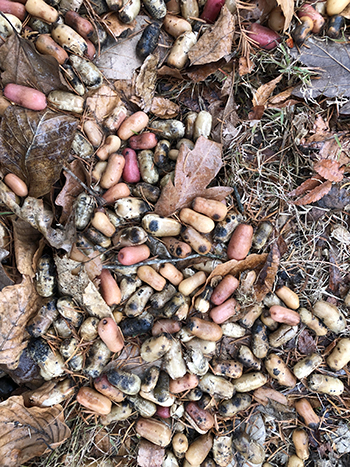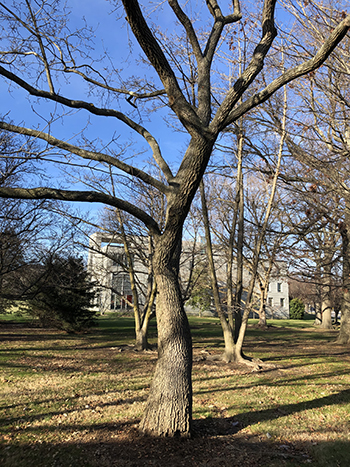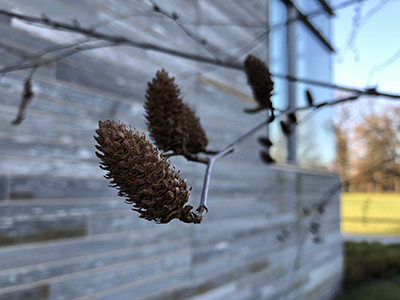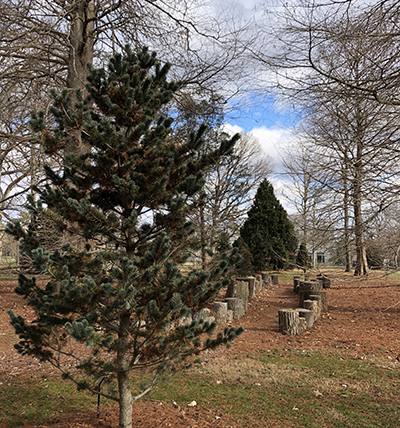
Plant of the Week: January 31

Nyssa ogeche (Ogeechee tupelo) is a fascinating plant! Under the umbrella of the swamp-loving tupelo, which also includes Nyssa biflora and Nyssa aquatica, the Ogeechee tupelo has a more restricted range.This band occurs throughout the swampy and low-lying areas of northern Florida and southern Georgia. While considered not as showy as its kin (its fall color is often rated as the least spectacular of the genus) and not ornamentally desirable due to its abundant and messy fruit drop, it is an economically important plant. Tupelo honey is produced during a short window in spring when bees forage on blooming N. ogeche. The flavor profile of tupelo honey is described as bright with a unique floral finish that dissolves easily on the tongue. Given the swampy habitat in which the tupelo grow, bee hives are installed atop rafts to float about the trees while in bloom.

The fruits that follow, known as ogeechee limes, are used as a lime-juice substitute and in preserves. A specimen can be found near Slide Rock and Alice Paul Residence Hall. Photo credit: J. Coceano

Betula grossa (Japanese cherry birch) is a species of birch native to the hills and lower mountains of Japan. Introduced to the West in late 1890s, it bears a resemblance to its North American relative, Betula lenta (sweet birch). Both possess aromatic stems that when scratched emit the organic compound methyl salicylate. The odor is sweet and smells akin to spearmint and wintergreen. A specimen of Betula grossa can be found between Alice Paul and David Kemp Residence Halls. Photo credit: J. Coceano

Pinus parviflora ‘Gimborn’s Ideal’ (Japanese white pine) is a recent introduction to the Pinetum. Selected in the 1950s at the van Gimborn Estate in the Netherlands, the American Conifer Society cites the cultivar as a “slow-growing, irregular, narrow-pyramidal selection of Japanese White Pine with dense branching and long, fine, curved needles that are silver-blue in early spring, gradually turning dark, steel-blue by late summer and throughout winter.” Averaging 6” – 8” of new growth annually, ‘Gimborn’s Ideal’ makes an ideal choice for those seeking a specimen conifer with limited space. Photo credit: J. Coceano





No Comments